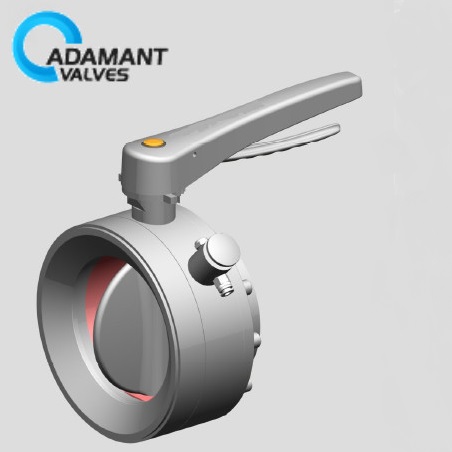The Principles of Installing Hastelloy Regulating Valves

Hastelloy pneumatic regulating valve installation principles:
1. The installation position of Hastelloy pneumatic sanitary regulating valve should have a certain height from the ground. There needs to be some space above and under the valve for disassembly and repair. For regulating valves equipped with pneumatic valve positioners and handwheels, easy operation, observation and adjustment must be ensured.
2. Regulating valves should be installed on horizontal pipes, vertical to the pipes. Usually there should be some support under the valve to ensure stability and reliability. Under special circumstances, when regulating valves need to be horizontally installed on vertical pipelines, there should also be some support for the valve. (except for small-caliber valves) Avoid additional pressure to the valve when installing.
3. The working environment temperatures of regulating valves should be between minus 30 degree Celsius and 60 degree Celsius. And relative humidity is no greater than 95%.
4. There should be straight pipes before and after regulating valves. The length of these pipes should be no less than 10 times the pipe diameter in order to avoid affecting flow characteristics due to very short straight pipes.
5. Different-diameter pipe connections should be used when the diameter of the regulating valve is different from that of the processing pipe. Threaded connection can be used in small-diameter regulating valve installation. The fluid direction arrow on the valve body should be consistent with the fluid direction.
6. There needs to be a bypass pipe. The purpose is to facilitate the switching or manual operation, which can enable technicians to repair the regulating valves without pulling over the car.
7. Before installation of the valve, waste in the pipelines, such as dirt and welding slag, needs to be completely removed.




